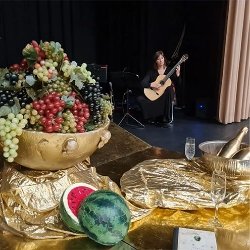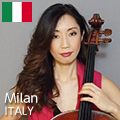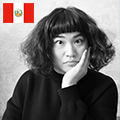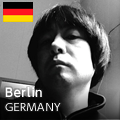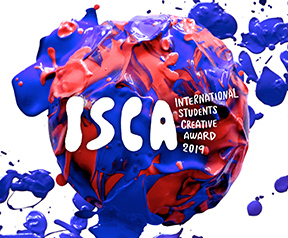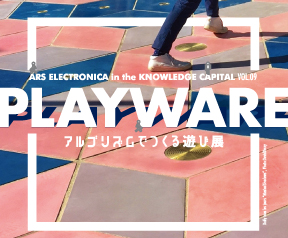Plazas were known as forums in the ancient days of the Roman Empire. They were a hub for town activities spanning everything from political debates to trade and religious ceremonies—truly the heartbeat of the city. Every plaza, without exception, had a church constructed there, and to this day you’ll always find a church and a plaza together. Ever since the common people started regularly attending churches in the Middle Ages, the area in front of them has been a natural place to gather—so having large open markets in front of churches only makes sense. As times changed with the arrival of the Renaissance, plazas became artistic focal points, symbols of order and beauty that served as a canvas for great architects to showcase their mastery, the way a painter uses a canvas. Today, plazas are lined with cafés where people meet to talk with one another. You’ll hear music, see people meeting up and saying goodbye, then coming back again. They’re places where people interact and where memories are made.
One of the most notable of Italy’s many plazas can be found in the small Tuscan city of Lucca.
This plaza has a distinctive oval shape, and is surrounded by stone walls. Its name, Piazza dell'Anfiteatro, means “Square of the Amphitheater,” and as many as 10,000 people are said to have fit inside it when it served as a place where gladiators fought in front of a captivated, cheering audience. Its role changed over time, the arena eventually giving way to residences and shops. Its original shape was rediscovered in the 19th century, when it was redeveloped into the present-day plaza. Today, there is no evidence of the old amphitheater, though the curves of the surrounding buildings suggest its original form.

Incidentally, an Italian told me long ago that the space was once filled with water for mock naval battles to take place, though my research turned up no record of this. Most likely, tales of the contests held at the Roman Colosseum were passed around until people started applying them to places like the plaza in Lucca as well.
Lucca is a rich historical city and typically a quiet place, though once a year it is completely transformed by an event called Lucca Comics & Games.
It’s quite a scene, featuring anime, manga, games, fantasy, and countless cosplayers descending on the castle town—something that’s hard to imagine against the intensely historical backdrop of Lucca. But it’s an event where Sailor Moon characters stroll by, Demon Slayer warriors pose for photos in the plaza, and the voices of Dragon Ball reverberate through the streets.

Surprisingly, rather than resisting the uncommon spectacle, the people of Lucca actually embrace and enjoy it.
One older resident said in an interview that although she once disliked the noise of the event, she now had fun participating in it with her grandchildren, and enjoyed the way the youthful energy transformed the city streets.
The Lucca plaza is a place where tradition and innovation come together—where the interaction between the everyday and the extraordinary is preserved.













